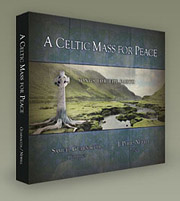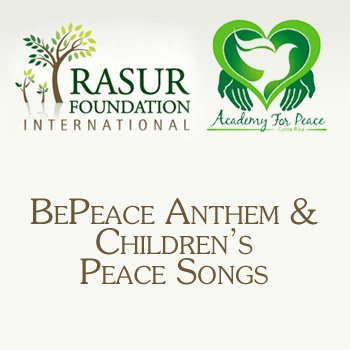The International Big History Association (IBHA) 2018 Conference was held at Villanova University, July 26-29, 2018. The Emergent Universe Oratorio was performed both for Conference attendees and the wider-Philadelphia community as the culmination of the conference.
In the words of the IBHA President, Lowell Gustafson:
The Emergent Universe Oratorio creatively integrates science with beauty from superb musical direction, choral singers, and orchestral players. Performed by the Main Line Symphony Orchestra (MLSO), now in its 72nd season, the oratorio was a highlight of the 2018 IBHA conference. The MLSO is directed by Don Liuzzi, who is also a member of the Philadelphia Orchestra.
The Oratorio, by Vermont composer Sam Guarnaccia, gives expression to the awe inspiring narrative of the universe from the big bang to the emergence of humanity’s global and universal consciousness. It is a series of alternating intensively scored recitatives with major lyrical choral sections.
The oratorio was introduced by Ursula Goodenough, Professor Emerita of Biology at Washington University in St. Louis where she has engaged in research on eukaryotic algae. She authored the best-selling book, Sacred Depths of Nature, participated in a Mind and Life dialogue with the Dalai Lama in 2002, has participated in television productions on PBS and The History Channel, and contributed to the NPR blog, 13.7: Cosmos & Culture, from 2009 to 2011. Goodenough was instrumental in the writing of the libretto for the oratorio.
The oratorio was performed in the beautiful church on the campus of Villanova University, the location for the 2018 conference of the International Big History Association.
Emergence describes the appearance of new properties in the new levels of complexity that have developed over time. The sciences have provided us evidence of a beginning of our universe 13.82 billion
years ago. Almost immediately, quarks formed relationships that produced protons and neutrons. Since then, there has been a process of relationships within ever more complex relationships from protons to atoms, stars, galaxies, chemicals, our solar system, our Earth, tectonic plates, changing oceans and continents, amino acids, cells, multicellular life forms, a stunning variety of plants and animals in the sea and on land, and ̶ some 200,000 years ago ̶ humans. Our human nature emerged from a very long past in which at first there had not been any of those relationships and things mentioned above. But atoms, cells, and much more did develop and eventually came together in us.
Among the relationships within us were the 100 trillion synapses between the 100 billion neurons within each of our brains. Our brains are the most complex relationships of matter in the universe of which we are aware. We are that part of the universe that is able to reflect on itself. The electric and chemical exchanges between our neurons enable our self-consciousness, language, symbolic thinking, memory, imagination, wonder, and creativity.
Could it be said that the self-conscious creativity of humans is an outgrowth of a very long prior history of emergent complexity? Our strength came not from talons, fangs, wings, or shells. Our greatest abilities came from the ability to relate to each other in ever more sophisticated forms. Our ancestors could imagine, plan for, and create ever more complex relationships within kinship groups, villages, cities, nations, empires, and global systems. We intereacted with the environment from which we emerged and have increasingly affected it. We imagined and created tools, agriculture, symphonies, industry, sculpture, and computers.
We also imagined and created weapons and wars. We often despoiled the nature from which we had emerged and which is necessary for our sustenance. Who among us will be creative enough to imagine and produce sustainable relationships among ourselves and with our environment? Who will help create the beauty in human relationships that can draw from the beauty given to us in shells, mountains, and galactic nebulae? Who will help create the beauty about which we can say at the end of our day, “it is good?”
A Celtic Mass For Peace

Composed by Guitarist Sam Guarnaccia, with Lyrics by Philip Newell, this beautiful CD was inspired by the haunting spirit of the Celtic world. Purchase your copy by visiting CD baby at the following link:
A Celtic Mass for Peace
Songs for the Earth
CD Price: $20.00

 Children's Peace Songs
Children's Peace Songs